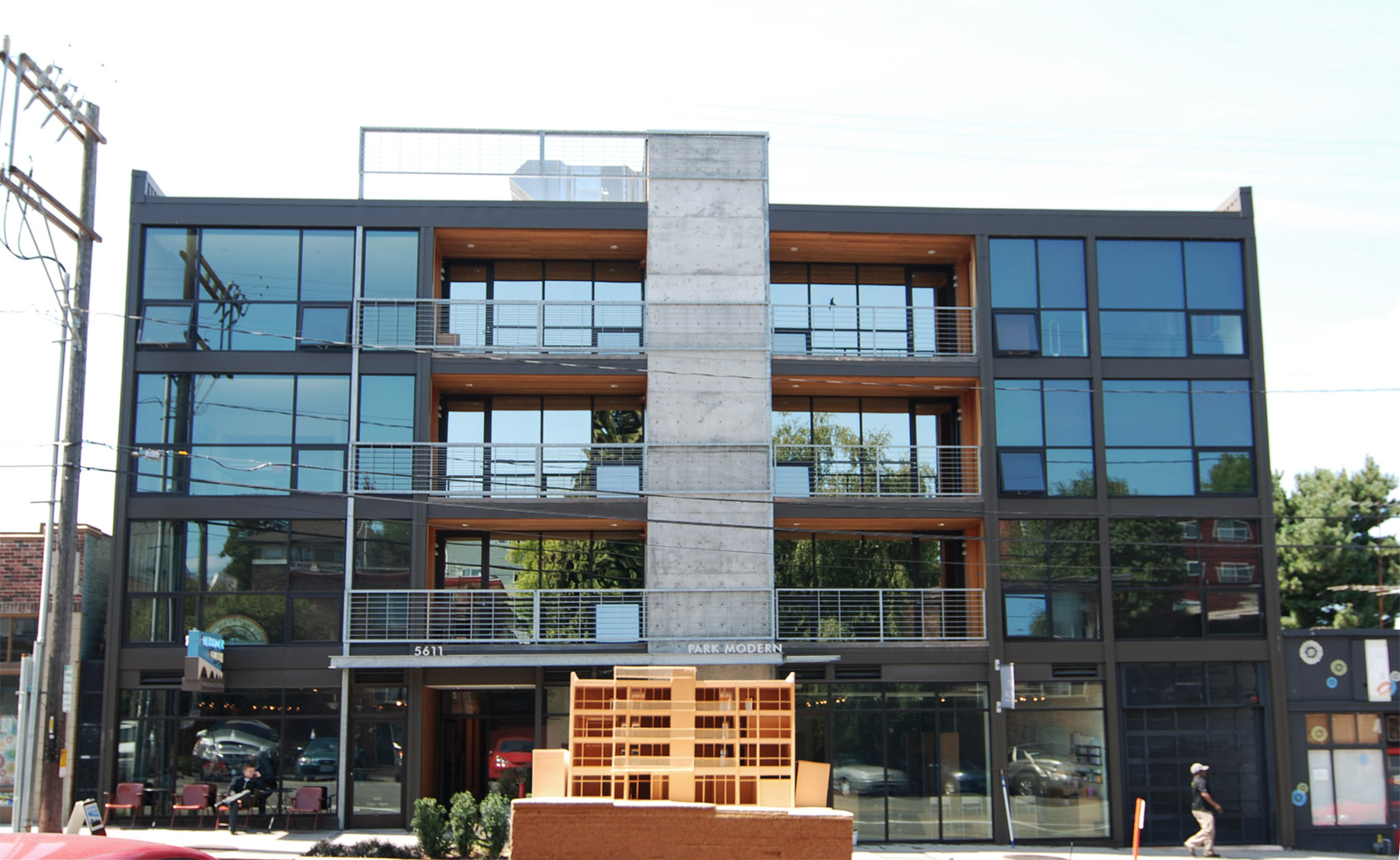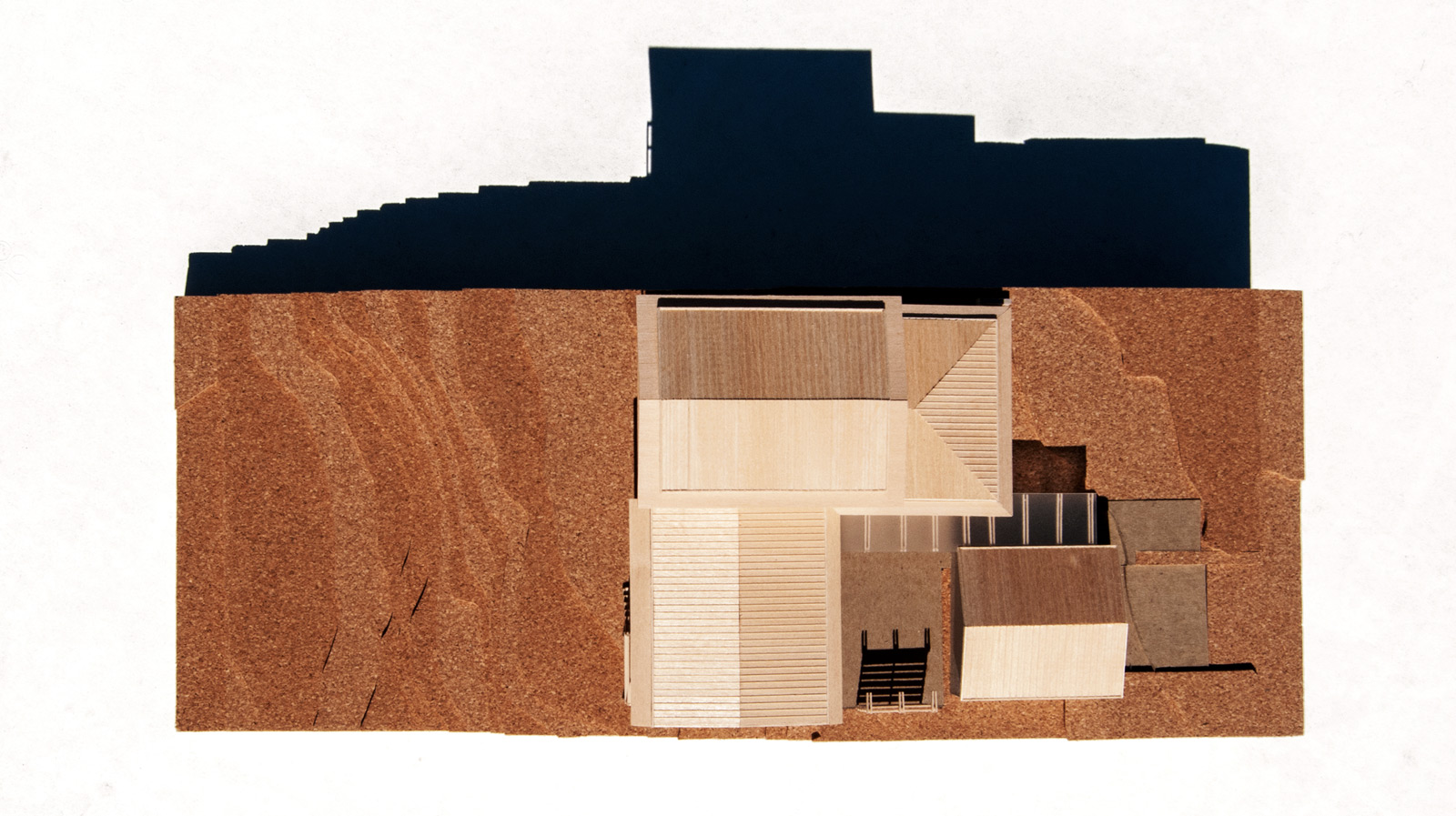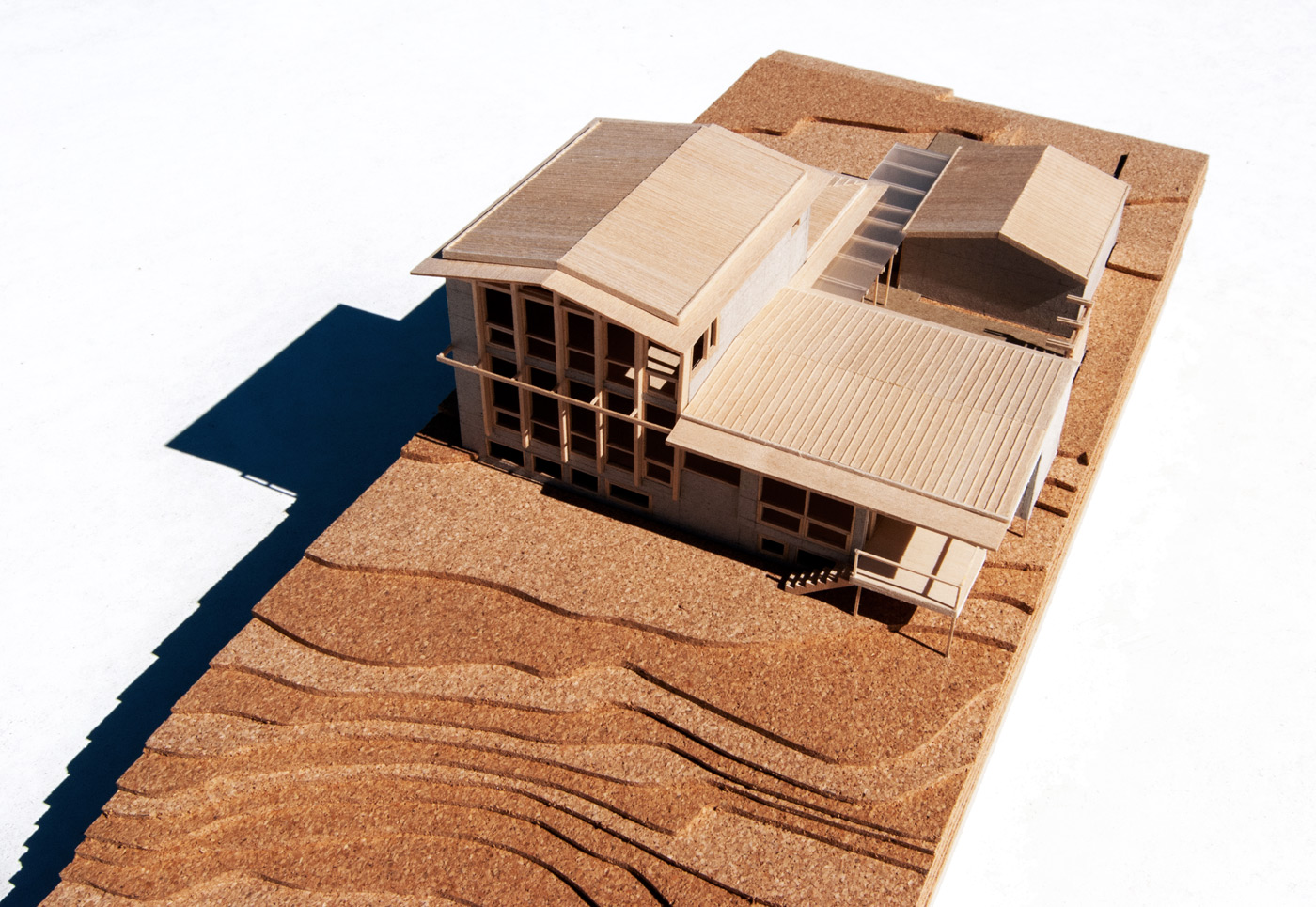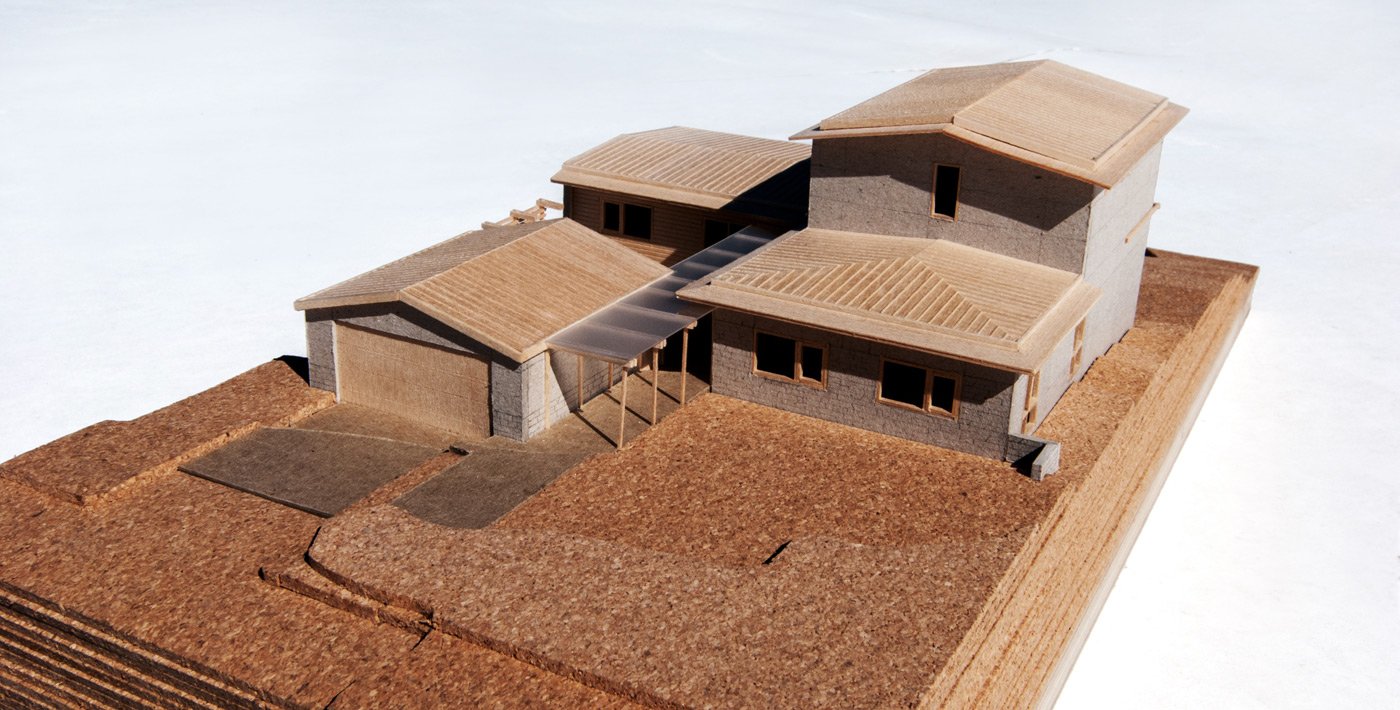
[All photos by BUILD LLC]
In previous blog posts, we’ve spent time honoring the beauty and craft of handmade architectural models. We enjoy building physical models as part of the design process and, even long after a project is complete, they continue to pique interest among friends and visitors. They also play an important role for us as architects.
We employ a variety of tools in our practice: We sketch, we draft, we build digital models, and, yes, we build physical models with basswood. There are an overwhelming number of tools available to communicate the work of design, but these are the ones that made our shortlist. Despite the time and effort involved in building physical models, we still find hand-built models to be a valuable step in our process.

Physical models in the architecture profession continue to be a hot-button issue that bring up strong feelings about technology, relevant tools, etc. Regardless of where you stand on the issue, there’s an undeniable quality that a hand-cut, hand-glued, physical model possesses, and we find the exercise valuable for several reasons:
It’s a Problem-Solving and Process-Revealing Step
The hand-built model, because it is a tactile object, is immensely useful in bringing to surface the constructability of a project. It’s essentially a simplified construct of a project, yet it translates key design ideas into a built form. It allows the project team (architects and clients) to see massings, features, and details on full display.


It’s an Effective Communicator of Design
Though our models built at 1/8″ = 1′-0″ scale are highly simplified, they offer a wealth of information about each project — and in the blink of an eye no less. Whether you’re an architect, a client, or just curious, a tangible model is immediately understandable, no battery life or camera setups necessary.


It’s a Lasting Physical Representation of Our Work
As we mentioned, the handmade model as an object immediately piques interest. The full 3D scaled massing successfully conveys both data about and the feel of each building. It informs and delights. But as a tool, it’s a consistent reminder of past projects as well as future evolution.



Cheers and happy modeling from Team BUILD.





